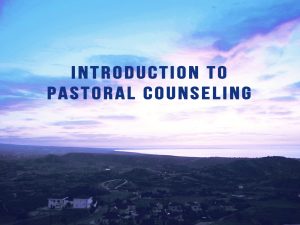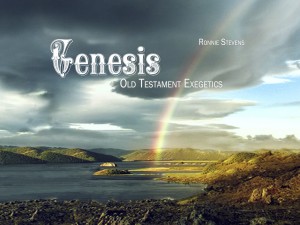Church Planting
Course Description
This course examines the theological foundations and place of church planting in fulfilling the Great Commission. The course then surveys methods, models, strategies and particular challenges of planting and establishing indigenous churches in intercultural, missionary settings.
Course Objectives
As a result of this course students should:
-
have a clear understanding of the theological foundations of church planting and recognize the place of church planting in fulfilling the Great Commission.
-
understand how their gifts and abilities can be effectively employed in church planting ministries.
-
be able to evaluate the appropriateness of various strategies, models and methods of church planting for specific cultural settings.
-
be able to articulate various stages in the development of new churches and the corresponding role of the church planter.
-
develop skills in planning and problem solving as applicable in church planting situations.
-
understand factors, which contribute to or hinder the establishment of indigenous, multiplying churches in various ministry contexts.
-
become acquainted with the use of research methods helpful to understanding the host culture and sociological factors influencing church planting ministry.
Course Outline
Lecture 1. Introduction
1.1. What is the Church?
1.2. Goals and Contexts of Church Planting.
1.3. Practical Reasons for Church Planting. Part I.
1.4. Practical Reasons for Church Planting. Part II.
Lecture 2. Biblical Foundations of Church Planting
2.1. Church Planting and the Purpose of Mission.
2.2.The Biblical Mandate for Church Planting. Part I.
2.3.The Biblical Mandate for Church Planting. Part II.
2.4. Biblical Texts and Examples. Part I.
2.5. Biblical Texts and Examples. Part II.
2.6. Spiritual Dynamics and Church Planting.
2.7. Questions & Answers.
Lecture 3. Church Planter
3.1. Characteristics of Effective Church Planters.
3.1.1. C.Ridley’s list.
3.1.2. J.A. Thompson’s list.
3.2. Church Planter Assessment and Effectiveness.
3.3. Three types of Church Planters.
3.3.1 Pastoral and Catalytic Church Planters.
3.3.2. Apostolic Church Planters.
3.3.3 The Changing Role of the Church Planter.
3.4. Bivocational Church Planting.
3.5. Questions and Answers.
Lecture 4. Church Structures
4.1. Overview.
4.2. Traditional Western Church vs House Church.
4.3. Examples of House Church network.
4.4. The Impact on the Church Planting Method.
Lecture 5. Church Planting Models
5.1. Pioneer Church Planting.
5.2. Approaches to Church Reproduction.
5.2.1. Cell Division.
5.2.2. Multi-site.
5.2.3. Adopted Daughter and Multi-mother.
5.3. Regional Strategies.
5.3.1. Harvest Priority. Strategic Beachhead. Cluster Church Planting.
5.3.2. Spreading Vine. Dandelion.
Lecture 6. Church Planting Movements
Lecture 7. Development Phases of Church Planting
7.1. Overview.
7.2. Preparing.
7.3. Launching and Establishing.
7.4. Structuring and Multiplying.
Lecture 8. Planning and Research
8.1. Introduction. Focus group.
8.2. Methods and opportunities.
8.3. Church Planting in Munich.
Lecture 9. Evangelism and Discipleship
9.1. Dangers on the Way.
9.2. Loving People.
9.3. Principles for Compassion Ministry.
9.4. Finding prepared people.
9.5. Communicating the Gospel.
9.6. Film, Media and Advertising.
9.7. Case Study.
Lecture 10. Planting Healthy Reproducing Churches
10.1. Leadership and ministry.
10.2. Assimilation.
10.3. Change and Steps of Faith.
10.4. Measures of Church Health.
Lecture 11. Resources for Church Planting
11.1. Biblical guideliness and worldview.
11.2. Indigenous Movements.
11.3. Finances.
11.4. Short-term teams.
11.5. Effective Partnerships.
Lecture 12. Leadership Development
12.1. Lay Mobilization.
12.2. The Spiritual Dynamic.
12.3. Servant Leadership.
12.4. Levels of Lay Mobilization.
12.5. Apprenticeship vs School Models.
12.6. Three Approaches to Ministry Equipping.
12.7. Equipping workers in the EFC of Munich.
Lecture 13. Conclusion














